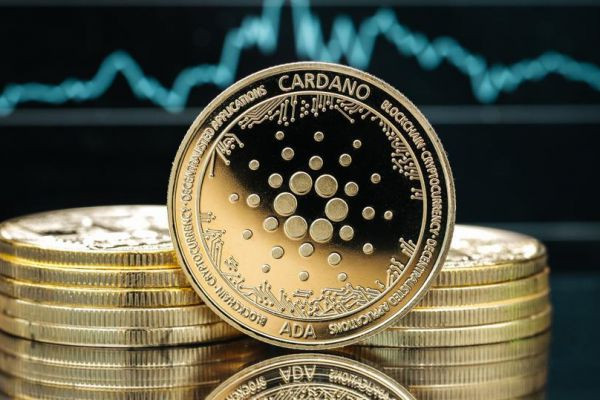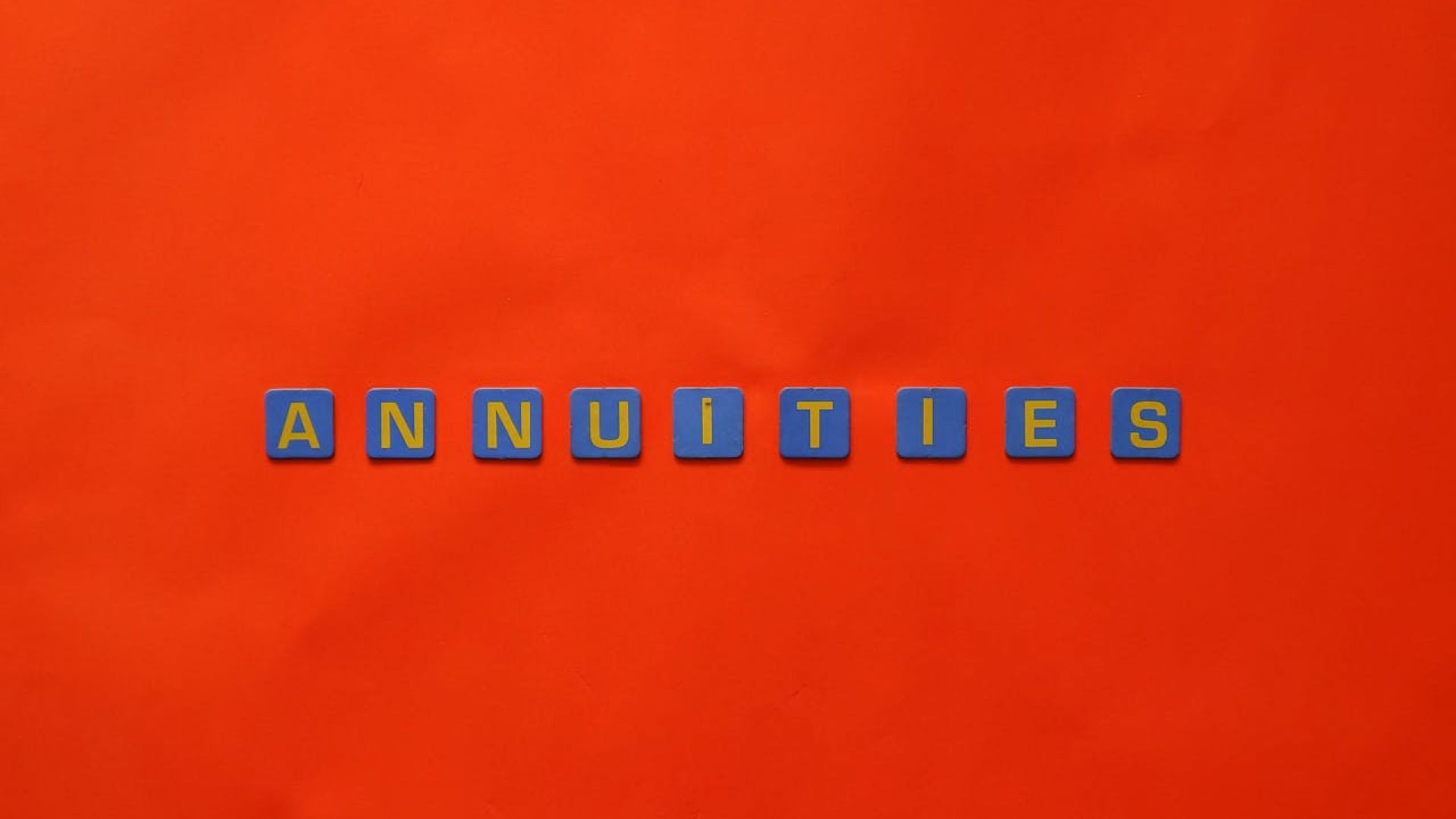Cardano, founded by Charles Hoskinson and developed by IOHK, is a blockchain platform with a strong focus on security, scalability, and sustainability. The development of Cardano is structured around a well-defined roadmap consisting of several phases or "eras." Each era focuses on specific enhancements and features to ensure the platform's continuous evolution. Here’s a detailed look at Cardano's roadmap:
1. Byron (Foundation Era)
Timeframe: 2015 - 2017
Focus:
- Establishing the foundation of the Cardano network.
- Launching the initial version of the Cardano blockchain.
Key Features:
- Launch of ADA: Cardano's native cryptocurrency, ADA, was introduced.
- Ouroboros: Implementation of the Ouroboros consensus protocol, the first peer-reviewed and provably secure proof-of-stake (PoS) protocol.
- Daedalus Wallet: Introduction of the Daedalus wallet, a full-node desktop wallet for ADA.
Resources:
2. Shelley (Decentralization Era)
Timeframe: 2018 - 2020
Focus:
- Transitioning from a federated network to a decentralized one.
- Enhancing network security and stability through decentralization.
Key Features:
- Delegation and Incentives: Introduction of delegation and incentives, allowing ADA holders to delegate their stake and earn rewards.
- Stake Pools: Launch of stake pools, enabling greater participation in the network's PoS consensus mechanism.
- Increased Decentralization: Gradual increase in the number of independent nodes, leading to greater decentralization.
Resources:
3. Goguen (Smart Contracts Era)
Timeframe: 2021 - 2022
Focus:
- Integrating smart contract functionality into the Cardano blockchain.
- Enabling the development of decentralized applications (DApps).
Key Features:
- Plutus: Introduction of Plutus, a smart contract development platform based on Haskell.
- Marlowe: Launch of Marlowe, a domain-specific language for financial contracts, designed to simplify the process of creating smart contracts.
- Native Tokens: Support for native tokens, allowing users to create and interact with custom tokens directly on the Cardano blockchain.
Resources:
4. Basho (Scaling Era)
Timeframe: 2022 - Present
Focus:
- Improving the scalability and interoperability of the Cardano network.
- Enhancing performance to support a growing number of applications and users.
Key Features:
- Hydra: Development of Hydra, a layer-2 scaling solution designed to increase transaction throughput by processing transactions off-chain while maintaining security.
- Sidechains: Introduction of sidechains to enable interoperability with other blockchains, enhancing Cardano's functionality and connectivity.
- Performance Improvements: Ongoing optimizations to the network's performance, including enhancements to the consensus algorithm and network infrastructure.
Resources:
5. Voltaire (Governance Era)
Timeframe: 2023 - Future
Focus:
- Establishing a self-sustaining governance model for the Cardano network.
- Empowering the community to drive the future development of the platform.
Key Features:
- Project Catalyst: Introduction of Project Catalyst, a decentralized governance system that enables ADA holders to propose and vote on projects and initiatives.
- Treasury System: Implementation of a treasury system to fund development projects through a portion of transaction fees and staking rewards.
- Decentralized Governance: Establishing a fully decentralized governance framework where the community can make decisions regarding protocol upgrades, funding allocations, and other critical aspects of the network.
Resources:
Future Enhancements
While the primary eras of Cardano's roadmap provide a structured approach to its development, the platform remains committed to continuous improvement and innovation. Future enhancements and research initiatives will focus on:
- Advanced Cryptography: Exploring advanced cryptographic techniques to enhance security and privacy.
- Interoperability: Further developing interoperability solutions to connect Cardano with other blockchain networks and legacy systems.
- Sustainability: Ensuring the long-term sustainability of the network through ongoing research, development, and community engagement.
Conclusion
Cardano's roadmap reflects a methodical and research-driven approach to blockchain development. Each era builds upon the previous one, ensuring a robust and secure foundation while progressively introducing new features and capabilities. As Cardano continues to evolve, its focus on scalability, interoperability, and governance positions it as a leading platform in the blockchain ecosystem.
For the most up-to-date information on Cardano's progress and future plans, visit the official Cardano Roadmap and Cardano Foundation website.










